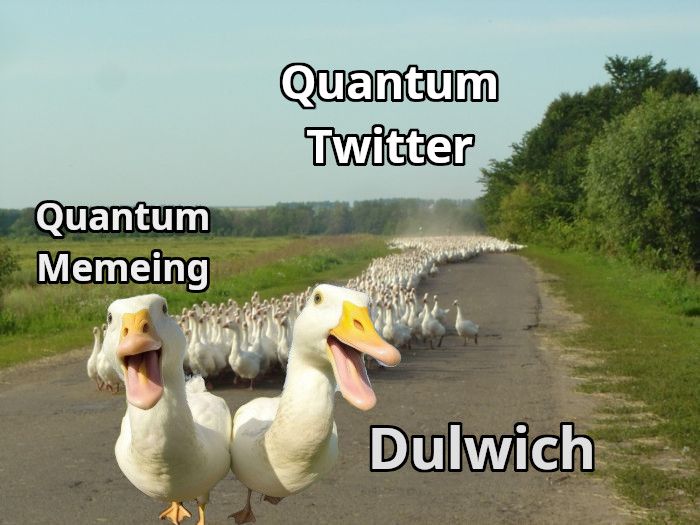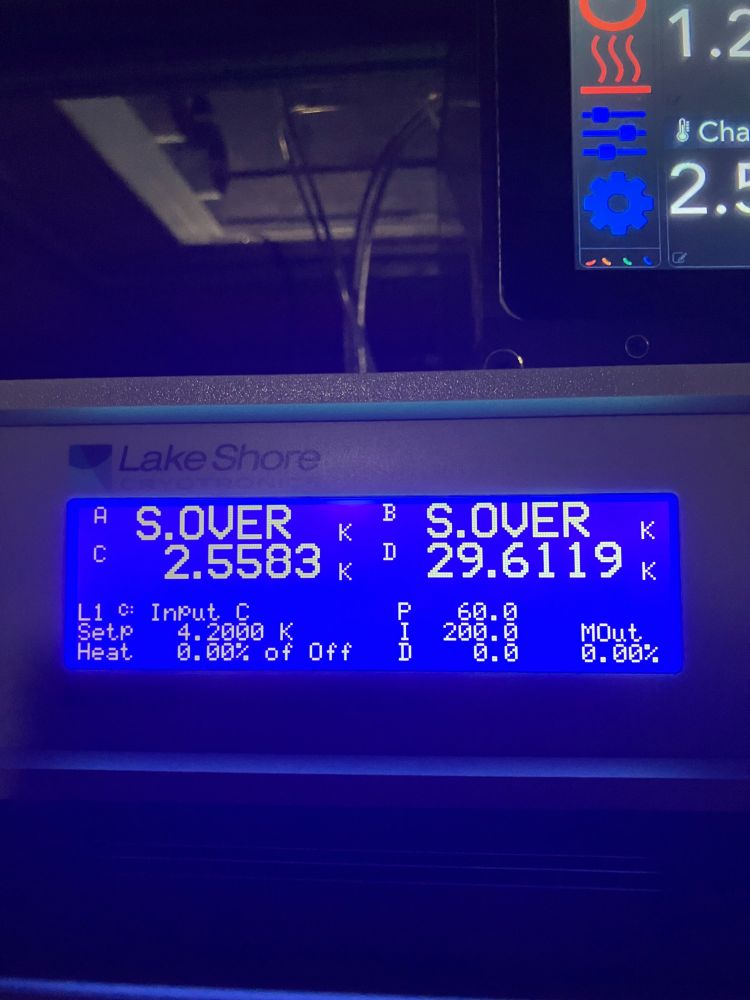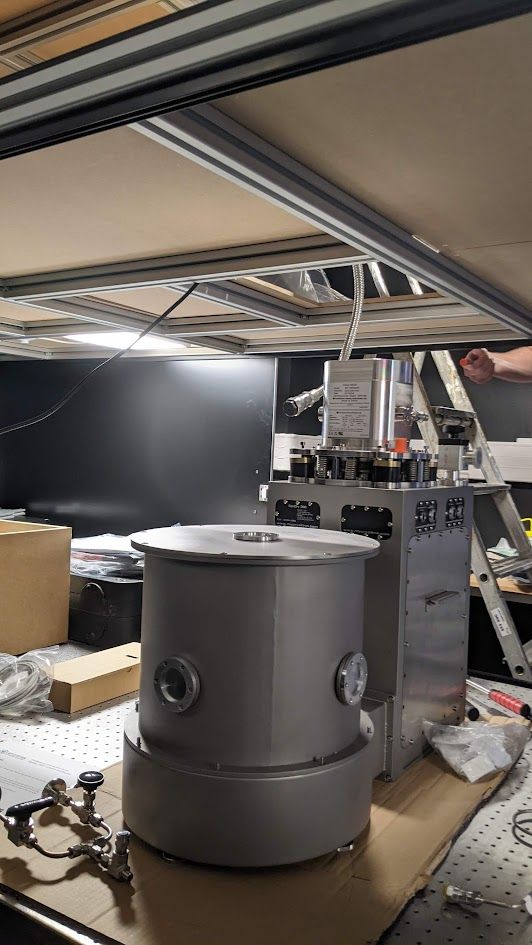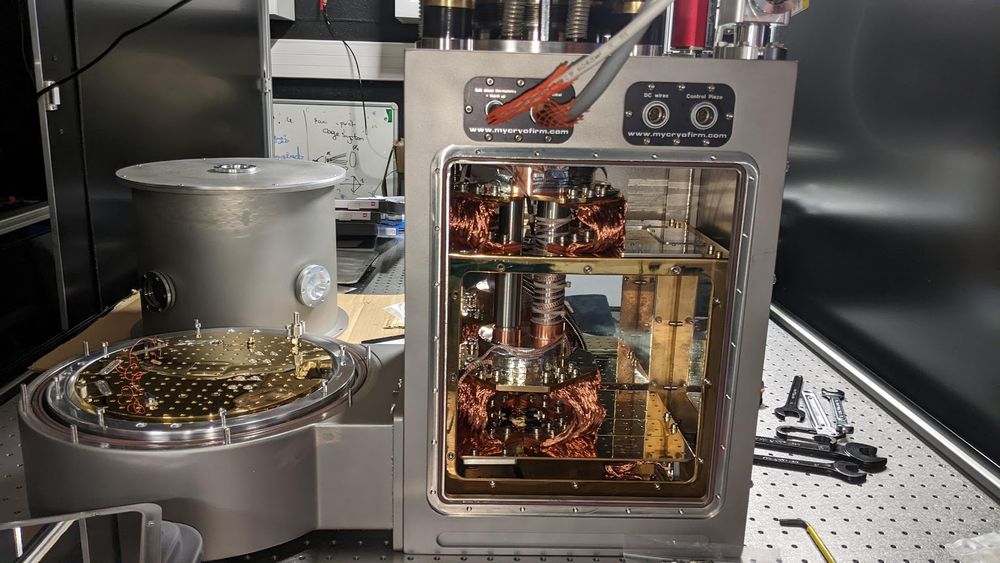
Google could solve this instantly by including the ORCID in profiles or copying the idea. (Sadly rumors suggest Google scholar is likely to be axed.)
I don't need my work history or academic papers displayed.
search.app/aSauF

Google could solve this instantly by including the ORCID in profiles or copying the idea. (Sadly rumors suggest Google scholar is likely to be axed.)
I don't need my work history or academic papers displayed.
search.app/aSauF
www.zintellect.com/Opportunity/...
www.zintellect.com/Opportunity/...
arxiv.org/pdf/2407.07694
Laserless single (99.99916) and two-qubit (99.97) gates. They bring a new paradigm for a platform that’s been going strong for 20+ years
(Also enjoy the integrated form factor)
#quantum
arxiv.org/pdf/2407.07694
Laserless single (99.99916) and two-qubit (99.97) gates. They bring a new paradigm for a platform that’s been going strong for 20+ years
(Also enjoy the integrated form factor)
#quantum
www.youtube.com/watch?v=iRiJ...
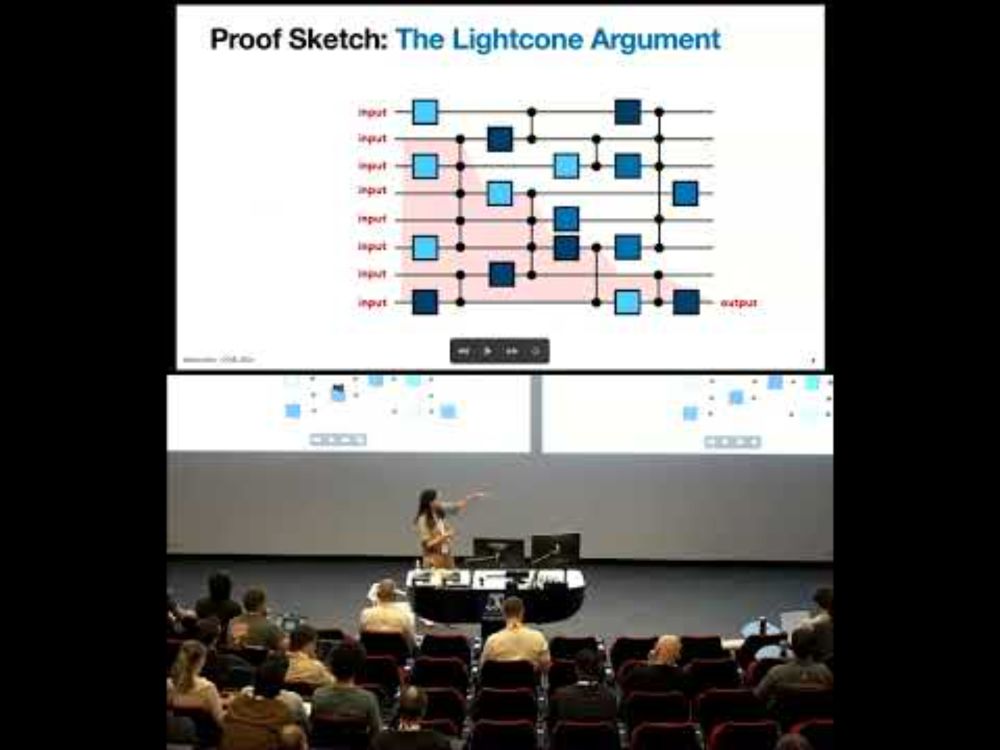
www.youtube.com/watch?v=iRiJ...
🧵1/n
🧵1/n
@preskill.bsky.social

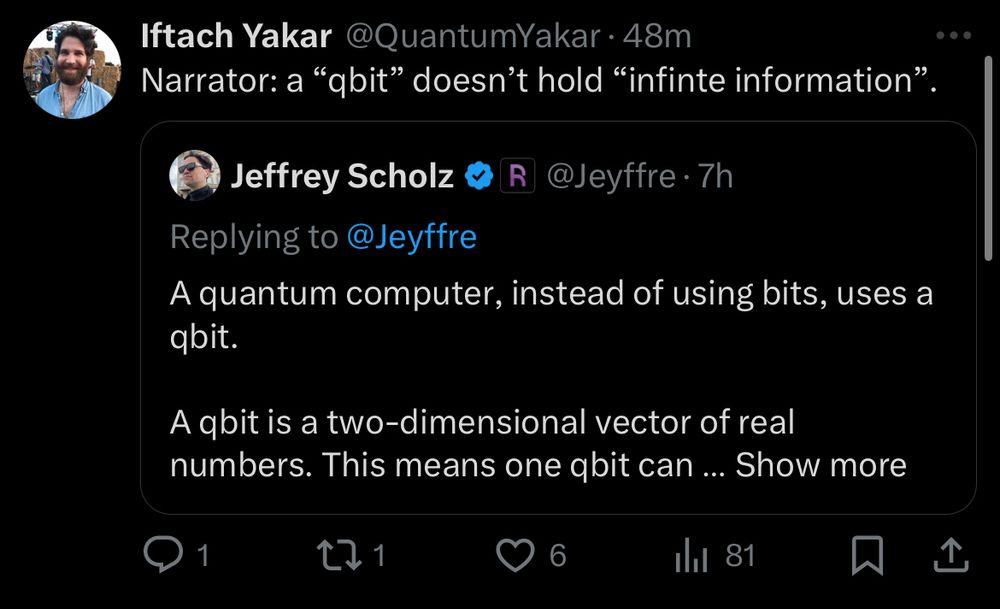
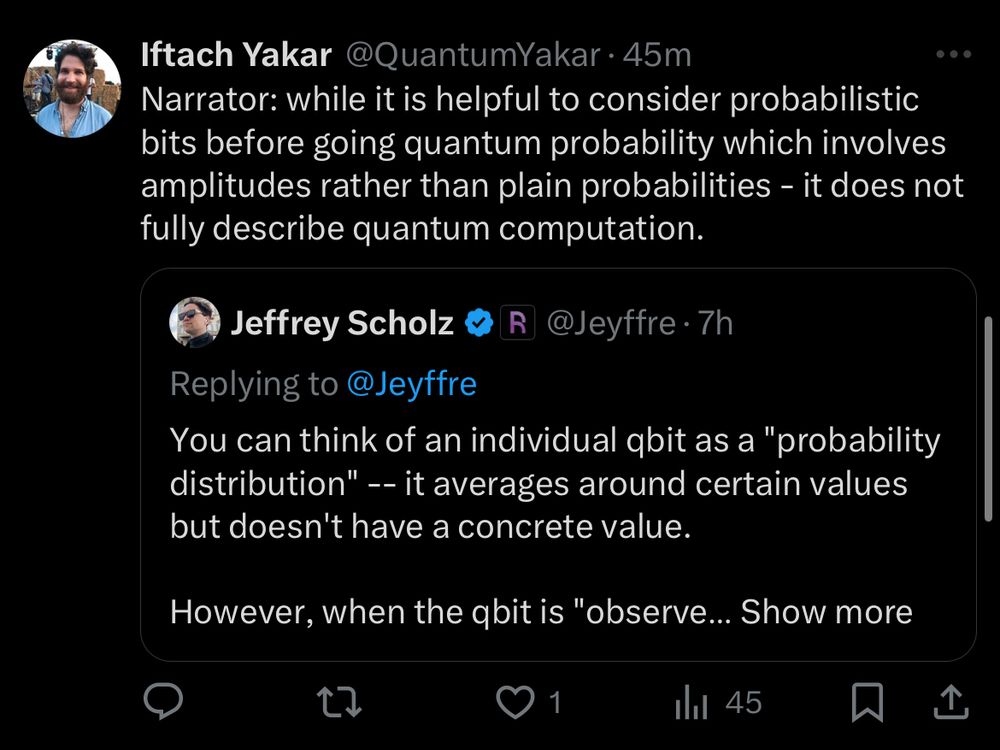
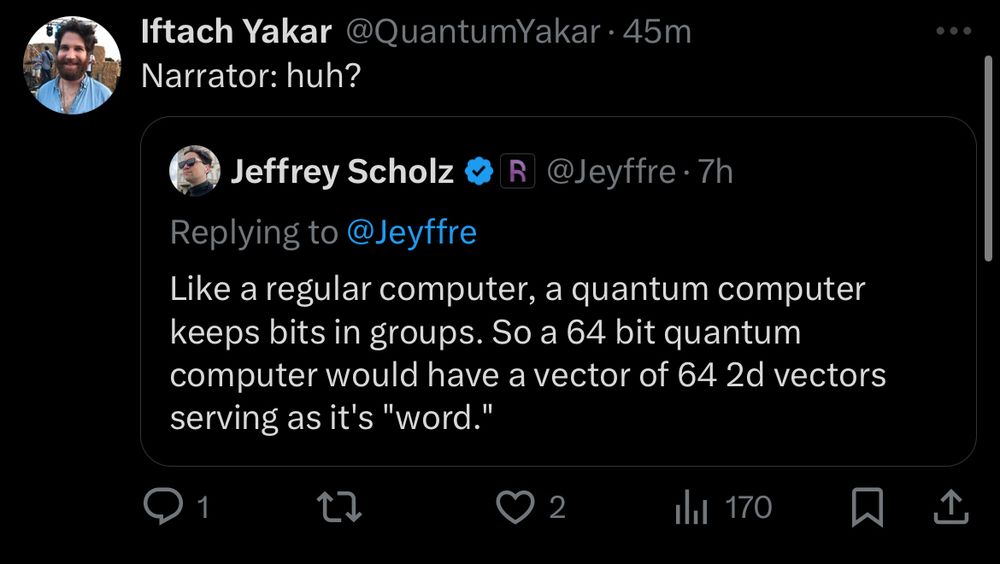

Unfortunately it gets butchered and hyped.
E.g. Nvidia and Google's recent releases.
Unfortunately it gets butchered and hyped.
E.g. Nvidia and Google's recent releases.
I spent 2 minutes reading a press release on Google's paper about their quantum computer so you don't have to.
They claim to have .... blah blah...
But what is quantum computation?
Does it live up to the hype?
I, the expert, will break it down
I spent 2 minutes reading a press release on Google's paper about their quantum computer so you don't have to.
They claim to have .... blah blah...
But what is quantum computation?
Does it live up to the hype?
I, the expert, will break it down
What physics is lurking down there? Can we tame it?
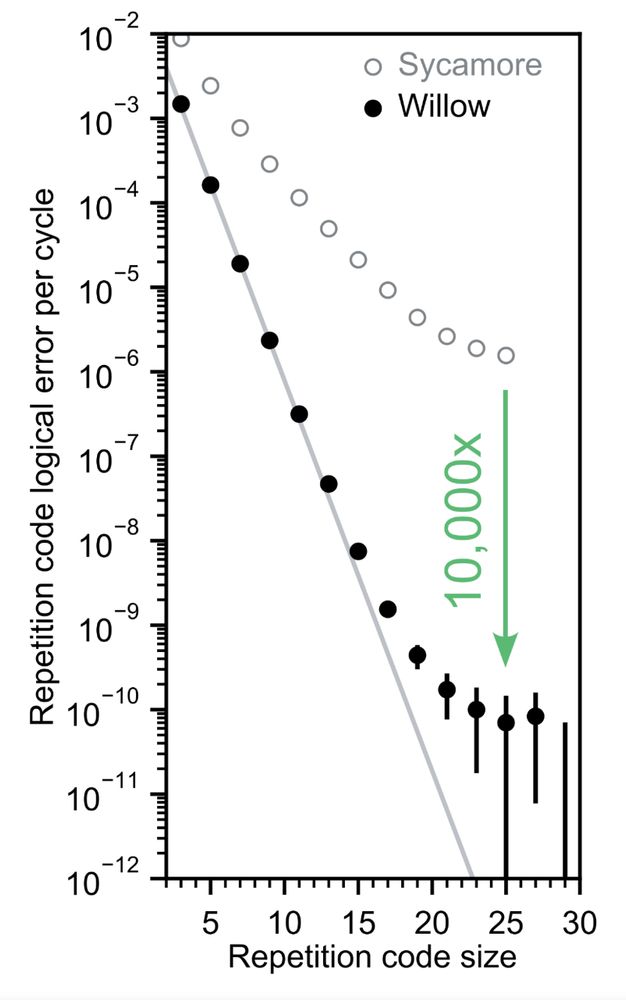
What physics is lurking down there? Can we tame it?

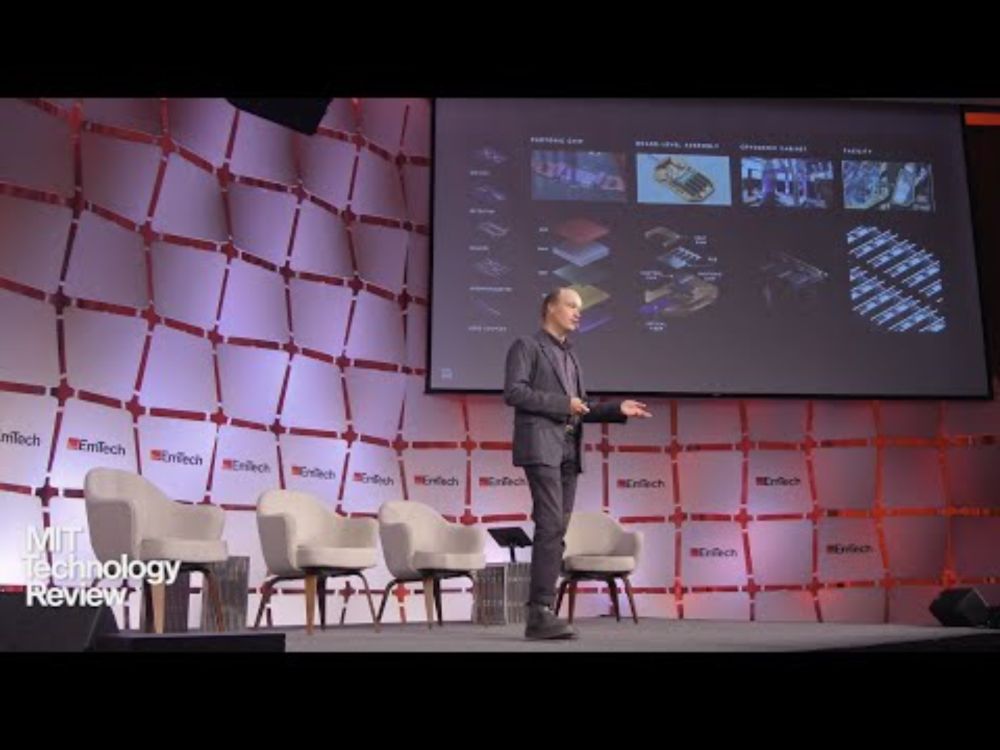
arxiv.org/abs/2412.04421
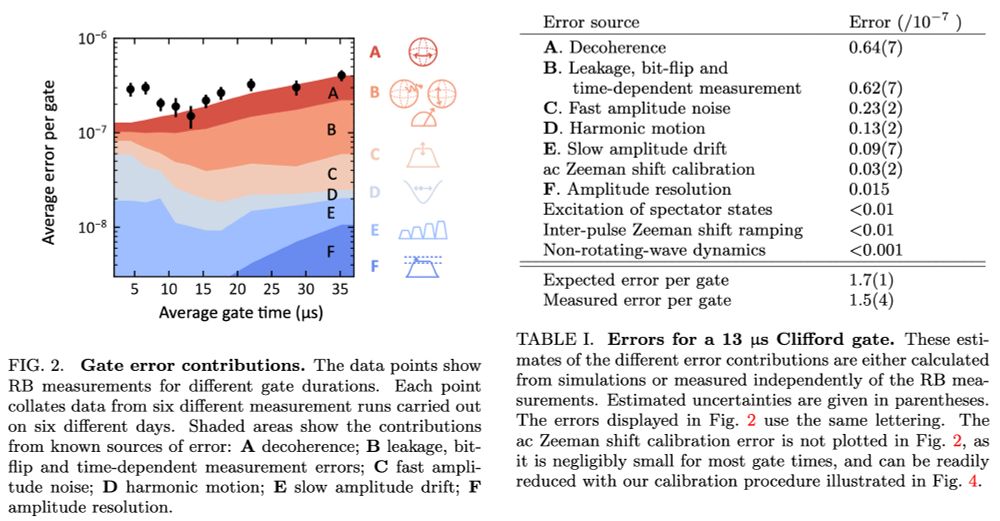
arxiv.org/abs/2412.04421
Effects of multi-photon states in the calibration of single-photon detectors based on a portable bi-photon source
https://arxiv.org/abs/2412.02566
Effects of multi-photon states in the calibration of single-photon detectors based on a portable bi-photon source
https://arxiv.org/abs/2412.02566
"I know a little bit about this. It's quantum processin', right?"
Tech guy:
"Yeah, it's the first tested application. Ten terabits a second."
And then they just move on...
"I know a little bit about this. It's quantum processin', right?"
Tech guy:
"Yeah, it's the first tested application. Ten terabits a second."
And then they just move on...
scirate.com/arxiv/2411.1...
We run repetition codes of up to d=51 and 100 rounds. But rather than just taking the bit values from the measurement, we take the point on the IQ plane. Decoding using this information gives significant improvements, including passive leakage reduction.
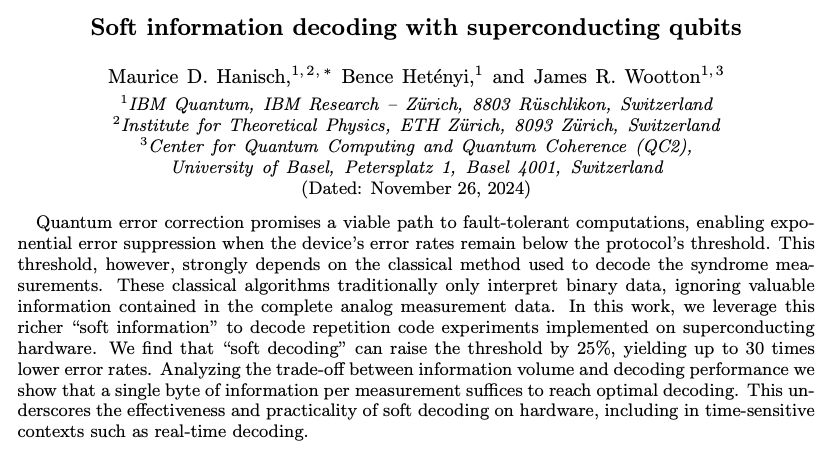
scirate.com/arxiv/2411.1...
We run repetition codes of up to d=51 and 100 rounds. But rather than just taking the bit values from the measurement, we take the point on the IQ plane. Decoding using this information gives significant improvements, including passive leakage reduction.
Work by Yamashima et al. out of Akira Furusawa's group
arxiv.org/abs/2410.20693
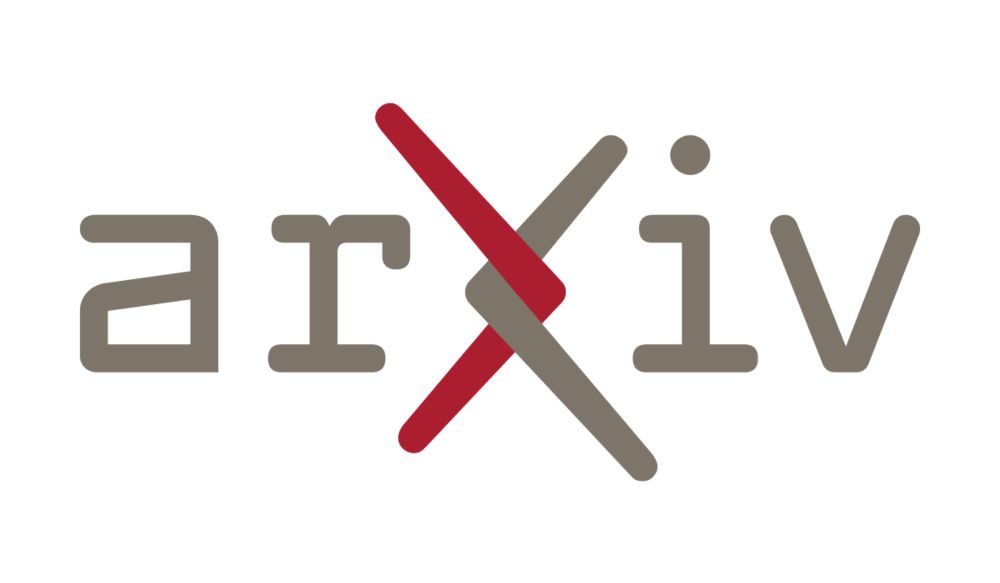
Work by Yamashima et al. out of Akira Furusawa's group
arxiv.org/abs/2410.20693
A Millimeter-Wave Superconducting Qubit
by Anferov, Wan, Harvey, Simon, Schuster
this is cool as
(1) they can operate 1K rather than mK - a huge advantage,
(2) there is less noise at 100GHz,
(3) microwave to optical transduction should be easier
arxiv.org/abs/2411.11170
A Millimeter-Wave Superconducting Qubit
by Anferov, Wan, Harvey, Simon, Schuster
this is cool as
(1) they can operate 1K rather than mK - a huge advantage,
(2) there is less noise at 100GHz,
(3) microwave to optical transduction should be easier
arxiv.org/abs/2411.11170
I think this is the most impressive demonstration they have posted todate

I think this is the most impressive demonstration they have posted todate
First up is superconductors.
By using a high kinetic inductance material the Yale group makes an inductor that is compact, linear and low-loss.
Super cool. Could help with fluxonium qubits
arxiv.org/abs/2411.12611
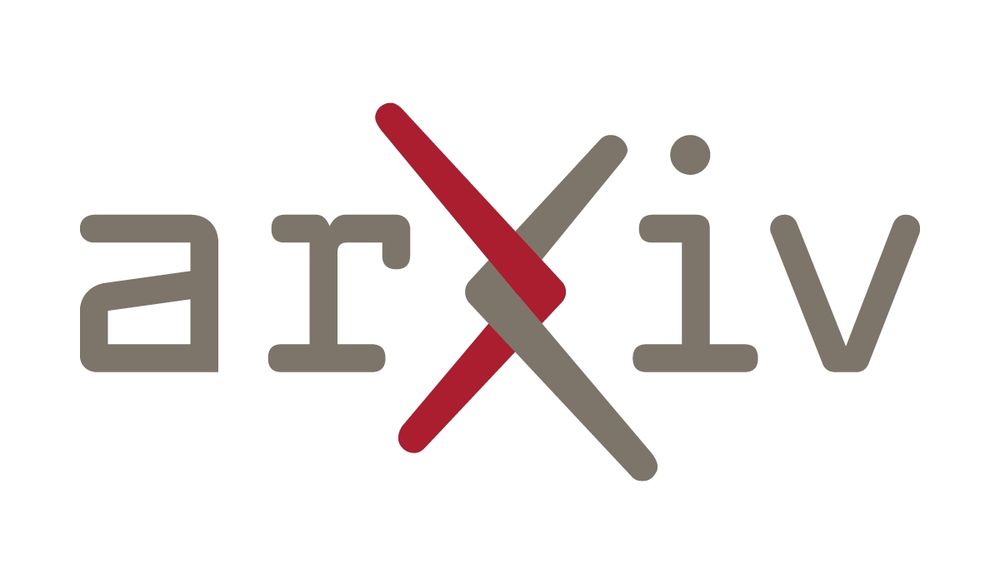
First up is superconductors.
By using a high kinetic inductance material the Yale group makes an inductor that is compact, linear and low-loss.
Super cool. Could help with fluxonium qubits
arxiv.org/abs/2411.12611
